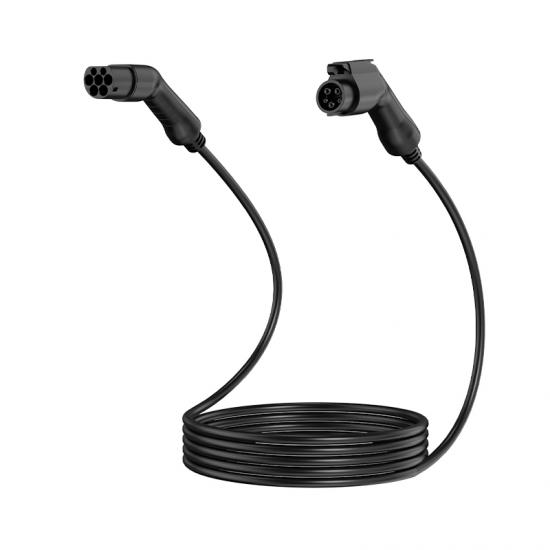The Surge in Electric Van Conversions: Triumphs and Traction
The electric vehicle (EV) revolution has been gaining traction across the automotive spectrum, leading to an increased focus on the electrification of commercial vehicles. In this context, conversion vans—those versatile, customized vans suitable for work, leisure, or luxury travel—are poised to benefit from the innovations of EV technology. This shift presents a compelling convergence between environmental consciousness, utility, and comfort that is reshaping the van industry dynamics.
Xiamen Van Seat: A Partner in Progress
Xiamen Van Seat Technology Co., Ltd., a prominent player in the comprehensive automotive technology industry since 2008, has been steering this transformative trajectory. With a robust portfolio in the R&D, manufacturing, and sales spheres, Xiamen Van Seat has carved a niche for itself in delivering tailored seating solutions for a spectrum of vehicle applications.
Embracing both the OEM and Aftermarket paradigms, Xiamen Van Seat specializes in crafting purpose-driven seating for an assortment of vehicles.From car seats and bus seats extending to specialized solutions for school bus seats, luxury van seats, and SUV seats, to camper van seats,RV seats and ambulance seating, with a particular focus on the innovative development of conversion van seats that cater specifically to the EV market. Xiamen Van Seat is synonymous with versatility and quality.
The Positioning of Large and Medium-Size Vans in the EV Landscape
There is a discernible trend towards the electric transformation of van models, particularly in the realm of large and medium-sized vans, due to several driving factors:
1. Economic Viability: With advancements in EV technology, costs have been reduced, making EV vans a financially attractive option for many businesses and individuals.
2. Environmental Impact: The electric drive reduces greenhouse gas emissions and contributes to the broader goal of environmental sustainability.
3. Consumer Demand: As consumers become more eco-conscious, there is an increasing demand for products that align with sustainable practices.
4. Technological Advancements: Improvements in battery range, charging infrastructure, and vehicle capabilities are making EV vans more practical and appealing across varied applications.
5. Regulatory Support: Incentives and regulations supporting the shift to electric transportation are bolstering the adoption of EV vans.
Xiamen Van Seat's Dedication to the EV Future
The electric transition in the van market isn't just a trend; it's a strategic evolution that aligns with global sustainability goals. Xiamen Van Seat, with its focus on specialized seating solutions for electric vans, is a testament to the concerted industry effort towards a cleaner, smarter, and more comfortable future of transportation.
The path towards electrified commercial transportation might seem novel, but for Xiamen Van Seat, it’s a calculated step in their vision of a sustained and advanced automotive future. As the wheels of progress continue to turn, it’s clear that the electrification of vans is not just a trend—it's an irreversible tide, and Xiamen Van Seat is at the vanguard, guiding the charge towards a smarter, greener horizon.






